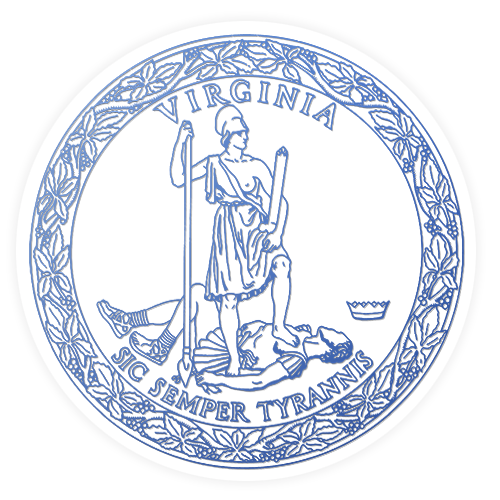
RICHMOND—Governor Ralph Northam announced five new state historical highway markers that highlight topics of national, state, and regional significance to Asian American Pacific Islander (AAPI) history in the Commonwealth. These markers were submitted by Virginia students through the inaugural AAPI Heritage Month Historical Marker Contest. This afternoon, the Governor was joined by First Lady Pamela Northam and members of his Administration for a virtual event yesterday recognizing the students and educators with this year’s winning submissions.
“Throughout history, Asian American and Pacific Islander communities have made significant contributions to our Commonwealth and our country, but too often their stories remain untold,” said Governor Northam. “As we continue working to tell a more comprehensive and inclusive Virginia story, I am grateful for the efforts of Virginia students and educators in helping elevate the voices of prominent AAPI Virginians with these five new historical markers.”
Launched in May, the AAPI Heritage Month Historical Marker Contest invites students, teachers, and families to learn more about Asian Americans who have made important contributions to Virginia history and submit ideas for new historical markers to the Department of Historical Resources.
“Through the Governor’s historical marker contests and various other initiatives, the Department of Historic Resources is determined to highlight untold stories and I am grateful to all the students and educators who have helped make this vision a reality,” said Secretary of Natural and Historic Resources Matthew J. Strickler. “These students have made a meaningful contribution to our historic justice efforts and worked hard to ensure our markers are inclusive, diverse, and tell the full Virginia story.”
The student winners and descriptions of the five new markers selected for installation are as follows:
“The Historical Marker Contest helped me learn more about Virginians who made a big impact, like Arthur Matso, the first Japanese-American to play in the NFL,” said Andrew Crenshaw, a rising 6th grader at Cumberland Middle School. “As I researched Arthur Matso, I learned how much he did for the sport of football and for Virginia. He played quarterback at William & Mary and coached football at several Virginia high schools, inspiring students like me to work hard and do their best.”
Virginia’s historical highway marker program began in 1927 with installation of the first markers along U.S. Route 1 and is considered the oldest such program in the nation. Co-managed by the Department of Historic Resources and the Virginia Department of Transportation, the program is an effort to recognize and chronicle events, accomplishments, sacrifices, and personalities of historic importance to Virginia’s story. The signs are known for their black lettering against a silver background and their distinctive shape.
“The AAPI Historical Marker Contest gives students, teachers, and families another way to think critically and intentionally about Virginia history,” said Chief Diversity Officer Dr. Janice Underwood. “The incredible students who participated in this contest are helping advance the ONE Virginia mission of telling a more complete version of our shared identity as Virginians, which includes contributions by our diaspora of AAPI residents.”
Virginia has erected more than 2,600 state historical markers. The five new markers will be formally submitted to the Board of Historic Resources in September and are expected to receive approval in the coming months. Once installed, they will be among the first to focus on Asian American and Pacific Islander history in Virginia.
“The AAPI Historical Marker Contest provides students an opportunity to guide their own learning by researching local heroes and discovering untold stories,” said Secretary of Education Atif Qarni. “These students have suggested new markers that will make a tangible impact on the way we remember our shared history forever, and I hope the experience will empower them to make a positive impact for years to come.”
A recording of the 2021 AAPI Heritage Month Historical Marker Contest virtual celebration is available here.
# # #